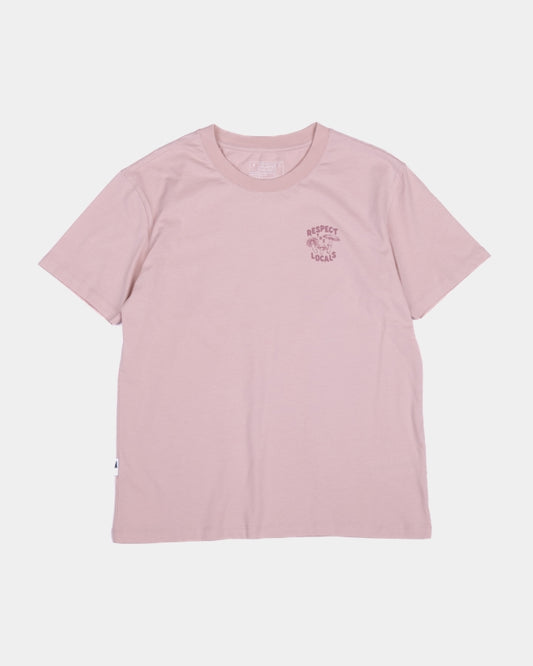Locomotion, resources, consumption: the sustainability debate is in full swing in many areas. Less noticed is an area where there is a lot of potential. Sustainable washing.
Depending on how many people live in a household, the washing machine may run once a day. As the practical appliance does the work, sometimes in tandem with a tumble dryer, consumers don't realize how much water, detergent, additives and energy is used (except perhaps when looking at the electricity bill). In practice, however, we almost all wash far too often, too laboriously and without making optimum use of the washing machine. With a few tips, however, it's easy to wash sustainably - which is good for the environment and your wallet!

Sustainable washing 1: washing less is also possible
In our generally cooler latitudes, not every item of clothing that is worn needs to be washed immediately. Underwear does, of course, but blouses, pants, sweaters and other clothing are not dirty after being worn once or twice. Unless the garment smells of sweat, you can hang it on a hanger and air it out. This works well on the balcony, but also in the apartment.
Post-wash 2: Pre-wash cycle only for heavy soiling
The prewash cycle, which is automatically activated in many machines, is often not necessary. Only if really dirty white laundry is to be treated effectively does the complete prewash + main wash program at 60°C or more make sense. Otherwise: simply leave it out or prefer the eco setting on the machine.

Sustainable washing 3: it's all a question of temperature
Clothes, including underwear, do not need high temperatures to get clean. For the majority of our laundry loads, a wash cycle at 40°C is perfectly adequate. You can also turn down the spin cycle, as the laundry is almost dry on the highest setting, but the regular heavy spinning puts a strain on the garments.
Sustainable washing 4: there are organic alternatives for washing powder
Many heavily advertised detergents not only fail the product test, they are also usually overdosed. There are other options. You can make your own washing powder or try out innovative gadgets such as washing balls . This is because the purpose of the detergent is not directly to clean. It works by removing the surface tension of the water and allowing it to penetrate deeper into the fabric. Washing powder is also mixed with fragrances, which later create the "clean" smell. Washing balls also lift the surface tension and are sufficient for all washing cycles in which no heavily soiled items of clothing are swirled through. If you really want a "fresh scent", you can add a drop of scented oil, and sweaty clothes can be soaked in a mixture of water and vinegar in a 3:1 ratio before washing.

Sustainable washing 5: Fabric softener can even do harm
Another overrated additive is fabric softener, which is often used. It is unnecessary and in some cases even harmful, namely when textiles contain elastane. Although softener makes swimwear, leggings, stretchy sweaters and sportswear soft, it also quickly makes them baggy. And mercilessly softened towels, as suggested by advertising, dry far less well than untreated terry cloth. This is because the additives coat the textile fibers with a grease-based film. The fabric is therefore not softer, but only artificially trimmed to be soft.
Sustainable washing 6: remove stains with household remedies
Before washing, stubborn dirt and stains are often tackled with chemicals. But that doesn't have to be the case. Home remedies help with many stains: blood stains dissolve by soaking in cold (!) water, red wine stains sprinkled with salt disappear in the wash. Pre-treatment with gall soap is also very effective, but the small bars of soap are less prominent in many stores than the "chemical mace". There are lots of tips and tricks for treating stains, just like mom and grandma used to know. A lot can be saved when using the washing machine. It is often enough to rethink your own behavior and consciously carry out the washing cycles per week instead of just doing them on the side. If you put a large amount of clothes in the drum a day or two later and switch down the temperature and spin setting, you've already done a lot!




















